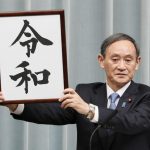WIT Life #344: BLM in Japan
Interpreter/Translator/Writer Stacy Smith (Kumamoto-ken CIR, 2000-03) presents WIT Life, a periodic series about aspects of Japanese culture such as film, food and language. Stacy starts her day by watching Fujisankei’s newscast in Japanese, and here she offers some interesting tidbits and trends along with her own observations.
As we entered July the wave of protests for Black Lives Matters seemed to have subsided a bit, but the fighting spirit is strong. It has even made its way to Japan, as this NYT article highlights. However, as it indicates, recognition of racism in Japan is still woefully inadequate and its existence is often denied.
Although Japan had some protests post-Fukushima, there is clearly still resistance to these types of movements as they have never been part of Japanese culture. It remains to be seen as to whether this changes in the future, along with the country’s increased diversification.
And in local news, I was featured in a July 4th interview so please check it out here!
WIT Life #343: Dispatches from Japan (courtesy of NYT)
Interpreter/Translator/Writer Stacy Smith (Kumamoto-ken CIR, 2000-03) presents WIT Life, a periodic series about aspects of Japanese culture such as film, food and language. Stacy starts her day by watching Fujisankei’s newscast in Japanese, and here she offers some interesting tidbits and trends along with her own observations..
We entered Phase 2 this week and it looks like New York continues to move in the right direction, though the same cannot be said for other parts of the country. Tokyo has also seen a slight rise in cases, but the alert was recently lifted so perhaps that has something to do with it.
I’ve been watching the Japanese news and reading the New York Times to keep tabs on how the virus is affecting Japan, and I’d like to share some articles I found most informative and/or interesting.
Last month there was a NYT article about how the pandemic has affected Japanese men and their domestic duties. This month’s reporting focused on the deeply ingrained culture of mask wearing in Japan, as well as how it has been able to maintain a low jobless rate despite the crisis. Happy reading!
WIT Life #342: Turning a corner on Covid
Interpreter/Translator/Writer Stacy Smith (Kumamoto-ken CIR, 2000-03) presents WIT Life, a periodic series about aspects of Japanese culture such as film, food and language. Stacy starts her day by watching Fujisankei’s newscast in Japanese, and here she offers some interesting tidbits and trends along with her own observations.
Hope everyone is doing well in quarantine and looking forward to early summer. It seems like we’re getting closer to having some restrictions lifted here in NY. Over in Japan, the number of cases remains low and PM Abe just lifted the state of emergency for Tokyo and the other four prefectures that were still under it. However, it seems like his time in office might be cut short due to several significant blunders.
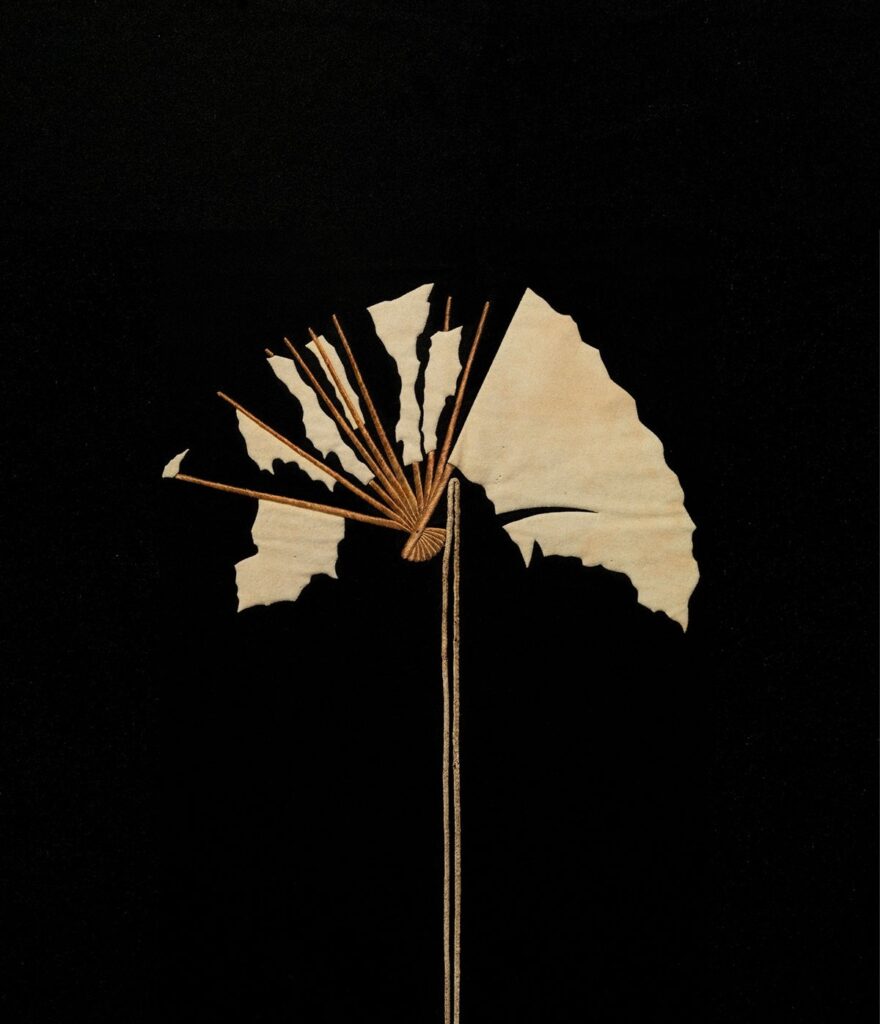
It’s been a heartbreaking week in non-Corona related domestic news, and I’ve been using podcasts and webinars to keep my mind off the awfulness. I’m especially fond of Asia Society programming, and tonight at 6:30 you can check out “Tattered Fans and Talismans.” It’s streaming on the organization’s Facebook page, but if you aren’t able to catch it live they offer access to events post-recording.
And in other exciting news, mark your calendars for the inaugural Casa Con! This all digital convention focusing on gaming, content creation and cosplay will be held on Discord from June 12-14. If the fact that I’ll be participating in a panel discussion on Saturday the 13th at 5 p.m. is not enough motivation for you to attend, registration is free! You can connect with the event over social media at #casacon and @thecasacon.
WIT Life #341: Hanami at home
Interpreter/Translator/Writer Stacy Smith (Kumamoto-ken CIR, 2000-03) presents WIT Life, a periodic series about aspects of Japanese culture such as film, food and language. Stacy starts her day by watching Fujisankei’s newscast in Japanese, and here she offers some interesting tidbits and trends along with her own observations.
Hope everyone is holding up ok as we enter our second month of sheltering at home. Some days are better than others, but one thing I’m really missing is soaking up spring. This would typically be the season when I’d be attending all of the 桜祭り (sakura matsuri or cherry blossom festivals) in various parts of Queens, but of course that can’t happen this year.

Thankfully the Sato Sakura Gallery has a virtual fix for people who are craving the cherry blossoms. Check out this related article, which discusses 花見 (hanami or flower viewing) culture, as well as the museum’s amazing collection of sakura screens and paintings. For those who want a literal taste of sakura, try the cherry blossom shake at Shake Shack or pick up some sakura mochi at your local Japanese supermarket.
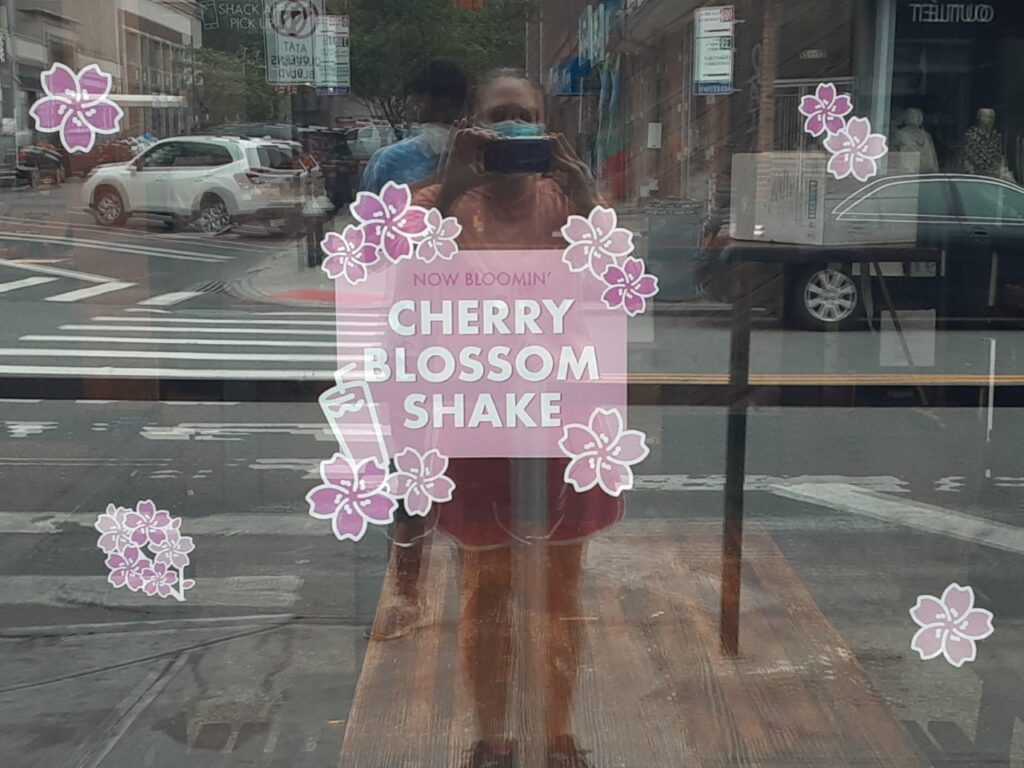
Hope this tides you over until next year, when we can hopefully enjoy the blossoms by sitting under them with food, drink and friends!
WIT Life #340: Coronavirus in Japan
Interpreter/Translator/Writer Stacy Smith (Kumamoto-ken CIR, 2000-03) presents WIT Life, a periodic series about aspects of Japanese culture such as film, food and language. Stacy starts her day by watching Fujisankei’s newscast in Japanese, and here she offers some interesting tidbits and trends along with her own observations.
Hello from day #? of coronavirus quarantine. Hope everyone is staying safe by hunkering down and practicing self-care. The news of legendary Japanese comedian Ken Shimura’s death from coronavirus was a shock to the entire nation. Some say this is what might be needed to awaken the populace to the potential danger that this pandemic brings.

So far infection rates in Japan have been very low. One reason may be a lack of testing, which many think was due to an attempt to salvage the Olympics. Other theories cite cultural aspects such as the propensity for problem denial, bowing instead of handshaking, and little display of PDAs. Other contributing factors are surely the popularity of masks, diligent hand washing, taking shoes off at home, and the ability to receive proper medical care because everyone is insured.
Up until now, the Japanese government’s limited strategy has been to focus on known cluster areas. The current guidelines for social distancing are avoiding 三つの密 (mitsu no mitsu, or three types of situations beginning with the kanji mi, meaning close). These are 密閉 (mippei, or poorly ventilated spaces), 密集 (misshuu, or crowds of people) and 密接 (missetsu, or close physical contact).
Read MoreWIT Life #337: Japanese Home Cooking
Interpreter/Translator/Writer Stacy Smith (Kumamoto-ken CIR, 2000-03) presents WIT Life, a periodic series about aspects of Japanese culture such as film, food and language. Stacy starts her day by watching Fujisankei’s newscast in Japanese, and here she offers some interesting tidbits and trends along with her own observations.
It’s been a long time since I’ve written here, and I can’t believe the holiday season is already upon us! If you are like me and are still in the midst of Christmas gift shopping, what better present is there than books? In the last week I’ve visited various bookstores in the city, and was lucky enough to be introduced to the fantastic new cookbook Japanese Home Cooking (Simple Meals, Authentic Flavors) from the cooking teacher, noodle maker, grain activist and author Sonoko Sakai.

California-based, Queens-born Sakai shares personal stories while showcasing traditional Japanese dishes in this beautifully photographed book. She offers readers advice on how to stock their pantries with the necessary ingredients for creating any Japanese meal, as she views this as the most important aspect of Japanese cuisine (she often takes students on tours of Japanese grocery stores as they can be hard to navigate if you are not familiar with what is being sold). I like how she opens the book by describing freshness, beauty, seasonality, simplicity and economy as the five keys to Japanese cooking. As an introduction she also breaks down the five elements of cooking and eating (i.e. five colors, five senses, five flavors), making these essential aspects easy to remember.
WIT Life #336: June Japanese movie round-up
Interpreter/Translator/Writer Stacy Smith (Kumamoto-ken CIR, 2000-03) presents WIT Life, a periodic series about aspects of Japanese culture such as film, food and language. Stacy starts her day by watching Fujisankei’s newscast in Japanese, and here she offers some interesting tidbits and trends along with her own observations.
The weather is getting warmer by the day, and soon we’ll be seeking air-conditioned movie theaters to escape the heat. Here are some Japan-related films in June that you might want to check out to stay cool and entertained! 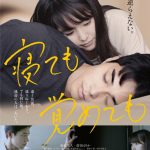
Earlier this month I enjoyed Metrograph’s Ryusuke Hamaguchi series. I was able to finally catch Asako I & II (寝ても覚めても), after having the chance to interpret for Hamaguchi several years ago when his epic Happy Hour (ハッピーアワー) came to MoMA. This month the theater will feature Kon Ichikawa’s Alone Across the Pacific, based on the eponymous non-fiction book about the first successful transpacific solo sea voyage from Nishinomiya, Japan to San Francisco, California.
If short films are more your thing, don’t miss Asia Society’s New York Japan CineFest next week. This two-night program features a diverse lineup of shorts, as well as Read More
WIT Life #335: End of an era
Written by professional Writer/Interpreter/Translator Stacy Smith (Kumamoto-ken CIR, 2000-03), WIT Life is a periodic series about aspects of Japanese culture such as film, food and language. Stacy starts her day by watching Fujisankei’s newscast in Japanese, and here she shares some interesting tidbits and trends along with her own observations.
In Japan today was the last day of its 30-year Heisei (平成) Era, and tomorrow is the official start of the new Reiwa (令和) Era. This is Japan’s 248th era with an official name, a number higher than America’s 243 years of history! You might have heard how the new name has been slightly controversial and largely underwhelming in terms of people’s reaction to it. In celebration of the new imperial era, this year’s Golden Week is an extra-long 10 days. Japan is a famously vacation-averse country, and true to form some citizens have been lamenting the length of the holiday. Other concerns in regard to the transition, such as updating stamps bearing the era name used for official documents and making sure computer systems are in compliance, are highlighted in this NYT article.
As the article details, there was plenty of time for preparation since Emperor Akihito’s abdication was announced in 2017. This is in contrast to the previous transition, which took place within Read More
WIT Life #334: Hikikomori shifting demographics
Written by professional Writer/Interpreter/Translator Stacy Smith (Kumamoto-ken CIR, 2000-03), WIT Life is a periodic series about aspects of Japanese culture such as film, food and language. Stacy starts her day by watching Fujisankei’s newscast in Japanese, and here she shares some interesting tidbits and trends along with her own observations.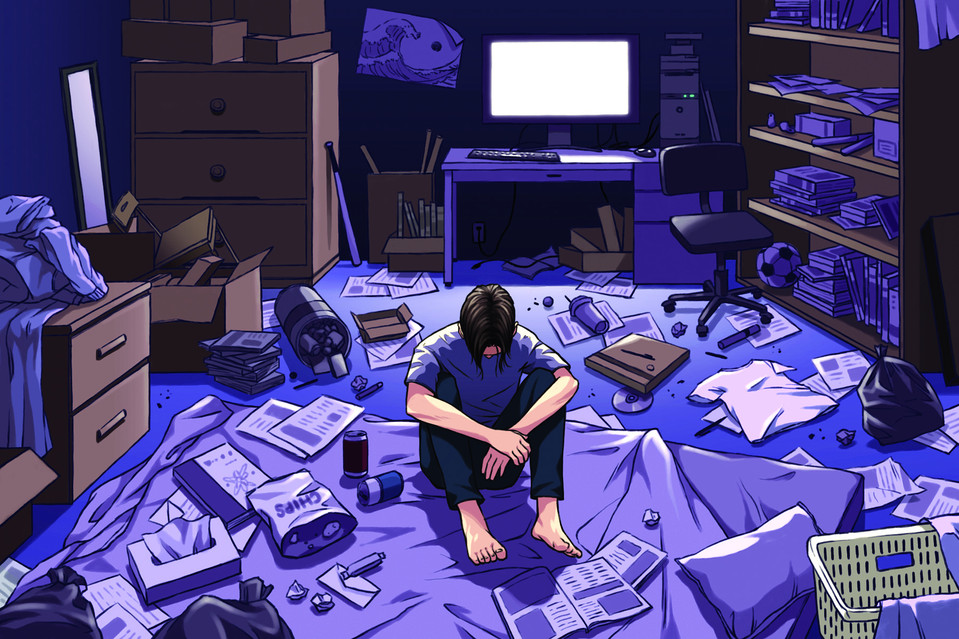
The plight of Japan’s hikikomori (ひきこもり or voluntary shut-ins), has always been a topic that received a lot of buzz, but has primarily focused on young people affected by this phenomenon. However, according to a recent nationwide survey carried out by the Cabinet Office that was the first of its kind, recent trends indicate that it is actually older people who now comprise a larger percentage of Japan’s hikikomori population (gender-wise, men still comprise the majority of ![]()
![]() hikikikomori at a rate of around 3:1).
hikikikomori at a rate of around 3:1).
This BBC article characterized hikikomori as “modern-day hermits,” and describes how this condition is not only limited to Japan, but also seen in other Asian and European countries. In fact, the problem of loneliness and social isolation got so bad in the UK that it appointed its first designated minister for loneliness last year. Here in the States, loneliness has various deleterious effects, which have become Read More
WIT Life #333: King Kazu
Written by professional Writer/Interpreter/Translator Stacy Smith (Kumamoto-ken CIR, 2000-03), WIT Life is a periodic series about aspects of Japanese culture such as film, food and language. Stacy starts her day by watching Fujisankei’s newscast in Japanese, and here she shares some interesting tidbits and trends along with her own observations.
The sports portion of today’s Japanese news showcased the celebration of Kazu Miura’s 52nd birthday. Looking as dapper as ever in a fashionable white suit in front of a huge cake, he shared that every birthday he wore a different color suit (past years have included bright red, yellow and blue), but that he had run out of colors so had to return to white. Perhaps it is this enthusiasm and youthful spirit that enables him to keep pace on the soccer field with professional players decades his junior. Miura (a.k.a. “King Kazu”) began his career in 1986, and he is considered to be Japan’s first soccer superstar.
He was the subject of a NYT profile last year, in which he was described as the epitome of Read More
WIT Life #332: Japanese Tennis and Film News
Written by professional Writer/Interpreter/Translator Stacy Smith (Kumamoto-ken CIR, 2000-03), WIT Life is a periodic series about aspects of Japanese culture such as film, food and language. Stacy starts her day by watching Fujisankei’s newscast in Japanese, and here she shares some interesting tidbits and trends along with her own observations.
明けましておめでとうございます (Akemashite Omedetou Gozaimasu or Happy New Year)! A bit late, but this is my first post of 2019. Those who have been following the Australian Open tennis tournament know that Kei Nishikori unfortunately had to pull out of his semifinal match against Novak Djokovic due to a leg injury. This was actually his 18th career retirement from a match, a statistic that earned him some bashing, including from commentator John McEnroe.
Speaking of controversy, Japanese noodle manufacturer Nissin recently got into some trouble for its ad featuring Nishikori and his countrywoman Naomi Osaka for changing her skin and hair to be lighter and straighter. Osaka has blazed her way into the Australian Open final and will be playing Petra Kvitova, and who will win is anyone’s guess. What is known is that the victor will claim the #1 rank, and if it’s Naomi it will be the first time for a Japanese player. For the night owls (or early risers depending on how you think about it), the match will be shown live on ESPN at 3:30 am tomorrow morning. For people like myself who are not in this camp, the match will be replayed at 9 am. Ganbare Naomi!
Speaking of Japanese who are receiving acclaim, Mamoru Hosoda’s animated film 未来のミライ (Mirai no Mirai or Mirai) and Hirokazu Kore-eda’s latest 万引き家族 (Manbiki Kazoku or Shoplifters) just received Read More
WIT Life #331: Kanji of the Year
Written by professional Writer/Interpreter/Translator Stacy Smith (Kumamoto-ken CIR, 2000-03), WIT Life is a periodic series about aspects of Japanese culture such as film, food and language. Stacy starts her day by watching Fujisankei’s newscast in Japanese, and here she shares some interesting tidbits and trends along with her own observations.
As my last post mentioned we are in the midst of the “best of” season, and the latest is the anno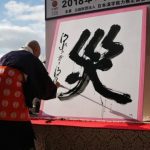 uncement of the kanji of the year. The pick for 2018 is 災 (sai, or disaster), as in 自然災害 (shizen saigai or natural disaster) and 災い (wazawai or trouble/misfortune). As Japan is no stranger to natural disasters, this kanji had been chosen once before in 2004. That was the year of the Niigata Chuetsu Earthquake, the deadliest earthquake to strike Japan since 1995’s Great Hanshin earthquake (incidentally, the kanji of the year tradition began that year with the selection of 震 (shin or earthquake)). This year a big earthquake causing landslides hit Hokkaido, heavy rains caused floods and mudflows in Kyushu, and there were also major heat waves and typhoons throughout the country.
uncement of the kanji of the year. The pick for 2018 is 災 (sai, or disaster), as in 自然災害 (shizen saigai or natural disaster) and 災い (wazawai or trouble/misfortune). As Japan is no stranger to natural disasters, this kanji had been chosen once before in 2004. That was the year of the Niigata Chuetsu Earthquake, the deadliest earthquake to strike Japan since 1995’s Great Hanshin earthquake (incidentally, the kanji of the year tradition began that year with the selection of 震 (shin or earthquake)). This year a big earthquake causing landslides hit Hokkaido, heavy rains caused floods and mudflows in Kyushu, and there were also major heat waves and typhoons throughout the country.
But it wasn’t only natural disasters that led to 災. There was also an abundance of man-made disasters such as power harassment in the sports world, Finance Ministry bureaucrats tampering with official documents in a political scandal, and the rigging of entrance exam scores that discriminated against female applicants at medical universities.
In person-on-the-street interviews on this morning’s news, interviewees reacted to the selection of 災. One young woman thought it made sense in light of all the horrible landslides and floods, but an older woman said she found it dark and would have preferred something brighter. Others offered alternatives such as Read More
WIT Life #330: Japan’s 2018 Buzzwords
Written by professional Writer/Interpreter/Translator Stacy Smith (Kumamoto-ken CIR, 2000-03), WIT Life is a periodic series about aspects of Japanese culture such as film, food and language. Stacy starts her day by watching Fujisankei’s newscast in Japanese, and here she shares some interesting tidbits and trends along with her own observations.
It’s hard to believe but 2019 is just around the corner, the time when Best of 2018 lists begin to emerge. From Japan, the nominees for this year’s buzzwords have been compiled. The 30 candidates will be whittled down to the top 10 as well as an overall winner, to be announced on December 3 (you can vote for your favorite at the bottom of the link!).
Unsurprisingly, many relate to Prime Minister Abe’s work-style reform initiatives (働き方改革 or hatara kikata kaikaku). I hadn’t heard of short-time harassment (ジタハラ・ 時短ハラスメント or jitahara・jitan-harasumento), the pressure employers put on their workers to reduce overtime and maximize productivity, but I was familiar with the high-level professional system (⾼プロ・⾼度プロフェッショナル制度 or kōdo puro・kōdo purofesshonaru seido). This allows specialists like financial dealers or analysts with ¥10.75 million plus in annual income to be paid based on work performance, rather than hours worked. They won’t receive overtime pay as a result of being exempt from typical regulations, something the opposition party said would lead to longer working hours. It managed to pass and will go into effect for large companies at the start of the next fiscal year.
kikata kaikaku). I hadn’t heard of short-time harassment (ジタハラ・ 時短ハラスメント or jitahara・jitan-harasumento), the pressure employers put on their workers to reduce overtime and maximize productivity, but I was familiar with the high-level professional system (⾼プロ・⾼度プロフェッショナル制度 or kōdo puro・kōdo purofesshonaru seido). This allows specialists like financial dealers or analysts with ¥10.75 million plus in annual income to be paid based on work performance, rather than hours worked. They won’t receive overtime pay as a result of being exempt from typical regulations, something the opposition party said would lead to longer working hours. It managed to pass and will go into effect for large companies at the start of the next fiscal year.
In the sports category, I liked the selection of buzzword Naomi-esque (なおみ節 or Naomi-bushi). It refers to the gentle and polite way Japanese-Haitian tennis player Naomi Osaka speaks, in contrast to her on-court tenacity. As reported in this blog, she Read More
WIT Life #329: Japan-Related Films for Your Weekend
Written by professional Writer/Interpreter/Translator Stacy Smith (Kumamoto-ken CIR, 2000-03), WIT Life is a periodic series about aspects of Japanese culture such as film, food and language. Stacy starts her day by watching Fujisankei’s Japanese news, and here she shares some interesting tidbits and trends along with her own observations.
This week the Museum of the Moving Image (MoMI) hosted the premiere of the 2018 documentary 3100: Run and Become from director Sanjay Rawal. It showcases the Self-Transcendence 3100 Mile Race which takes place in Queens every summer. This elite competition requires participants to run this unbelievable distance within 52 days, which means averaging at least 60 miles per day. Competitors come from all over the world, and some have run it as many as 14 times. Rawal also intersperses stories of other amazing distance challenges, such as a member of the Navaho Nation running 110 miles across the desert in memory of his father’s struggles when young, the Gaolo-San Bushmen running in pursuit of their prey and as part of their lifestyle, and the Tendai-shu monks of Mt. Hiei in Japan who carry out a practice of walking to attain enlightenment.
Spiritual training via walking is called 回峰行 (kaihōgyō), and the monks on Mt. Hiei carry out a version that takes place over 1000 days during a seven-year retreat period, called 千日回峰行 (sennichi kaihōgyō). During this time, the monk must remove himself from all family ties and other worldly distractions. Since this tradition began in 1885, only 50 plus monks have finished this quest, most in their 30s and the oldest in his 60s. The film tells the story of the monk Gyoman-san who is midway through his journey, and examines his mental state as he attempts to accomplish this major feat. He describes a point where you no longer Read More
WIT Life #328: Making Japanese History at the U.S. Open
Written by professional Writer/Interpreter/Translator Stacy Smith (Kumamoto-ken CIR, 2000-03), WIT Life is a periodic series about aspects of Japanese culture such as film, food and language. Stacy starts her day by watching Fujisankei’s newscast in Japanese, and here she shares some interesting tidbits and trends along with her own observations.
Being an avid tennis fan, I was thrilled when my clients asked me if I wanted to join them at the U.S. Open women’s semifinals last night. I was especially excited because not only would I get to see Serena during her “Don’t call it a comeback” tour, but I would get to see Japanese rising tennis superstar Naomi Osaka play live for the first time. Naomi set a personal record by reaching her first Grand Slam quarterfinal here, and she and Kei Nishikori together made history by becoming the first Japanese duo to reach the semifinals of the same Grand Slam tournament. The last time Japanese players advanced into the later rounds simultaneously was back in 1996, when Shuzo Matsuoka and Kimiko Date reached their respective quarterfinals at Wimbledon (Shuzo incidentally was Kei’s coach in Japan when he was 12).
Coincidentally enough, Naomi Osaka (大坂なおみ) was born in the same city as her last name (大阪) to a Japanese mother and a Haitian father. When she was 3, they moved to the U.S. with her and her older sister Mari, also a tennis player, but for the sake of their tennis careers their father made the savvy decision that they would represent Japan. It’s refreshing that despite not being fluent in Japanese and not being purely Japanese, she has a huge backing in Japan. At the match last night, a Haitian group was sitting behind us and enthusiastically calling out her name at regular intervals. We ended up chatting and one guy explained that Haitian fans want to claim her as their own, and that they get frustrated when she is described as only “Japanese” as opposed to “Haitian-Japanese.”
She and opponent Sloane Stephens slugged it out with their amazingly powerful ground strokes, some rallies going as long as 18 points. In her post-match comments, when asked why she was able to continuously hold serve despite Sloane’s 13 break chances, Naomi said, Read More

